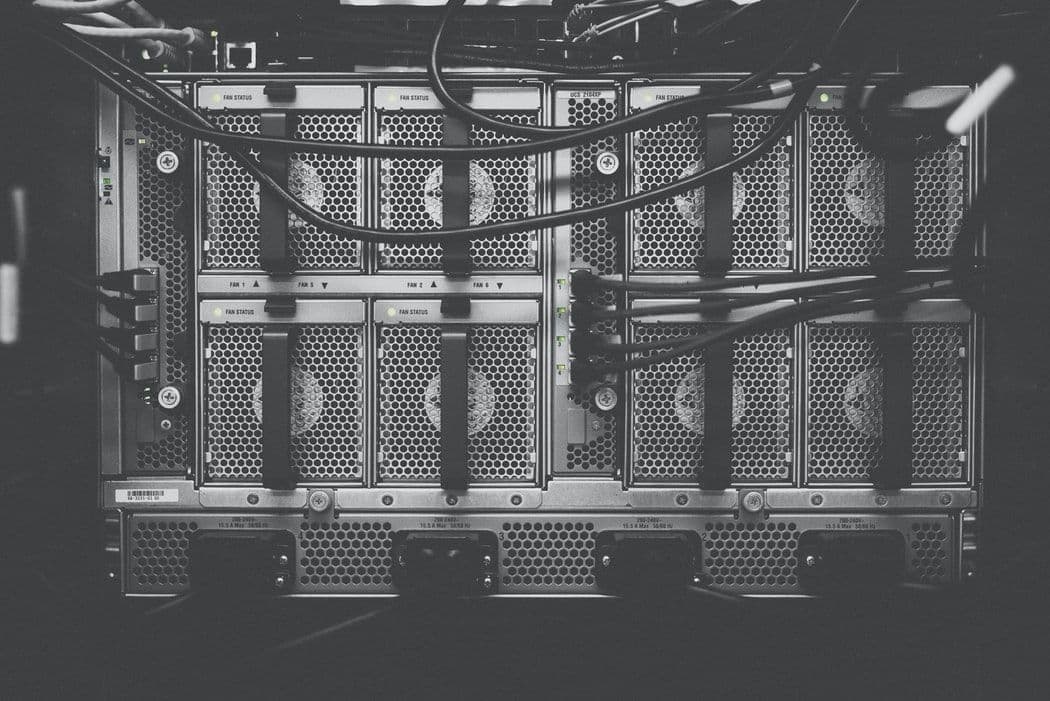
What the pandemic has exposed, and how fixing it will make us stronger in the long-term

Hrishi Olickel
Published on 23rd Sep 2020
7 minutes read
Deep tech is an oft-used moniker that is now at risk of losing its meaning. Once used to refer to technology companies now considered generic, the term has since continuously moved in and out of Artificial Intelligence, Machine learning and associated fields.
In a few words: efficiency, large-scale coordination and resistance to systemic shocks. All of these things are closely related to each other, but each is a problem in its own right that the industry is facing today. The recent pandemic has exposed these underlying problems in the way our supply chains work, and we believe the effort spent fixing them will provide benefits well past the crisis and into the future. Let me explain.
The 2008 financial crisis left a deep impact on the maritime industry, with an estimate of over 1000 vessels in layup in the spring of 2009. Finance is often the driver of market cycles in shipping, directing change in good and bad ways.

The reorganisation and deep change that the recession started in the industry can still be felt today. In some ways, things are better because they were built in response to a crisis. Belts were tightened, margins reduced and efficiencies found.
Yet the world at large has been enjoying an unprecedented level of prosperity in terms of connectivity, globalisation and freedom of movement. Things were darkening by 2019, but the period leading up to it saw increased flights, more freedom of movement and accelerated international trade as global manufacturing and supply became more distributed. It became - for the first time in human history - uncommon for companies to base manufacturing, customer support, assembly, R&D and distribution in the same country, let alone the same region. Shipping is the lifeblood that accelerated this transition to a more distributed economy, and the veins of trade without which we lose our current way of life.
However, long periods of prosperity engender a weakness to shocks at any level. We become reliant on a multitude of systems, and redundancy and stability are often sacrificed for tighter margins and easier operation. It was unfortunate, then that this was the moment the global pandemic threw a giant wrench in the works.
I've written before about the crises that emerged as a result of Covid-19, but none were as keenly felt as the restrictions imposed on international travel. In a world where any vessel could berth nearly anywhere, take personnel off and fly them anywhere in the world, vessels and managers could focus on cargo to dictate the route and planning. This was no longer the case.
I'll outline below how we believe technology is the first defense to this problem - to strengthen our networks against systemic shocks, black swans of probability - but first, it's also worth illustrating why this isn't a short-term issue.
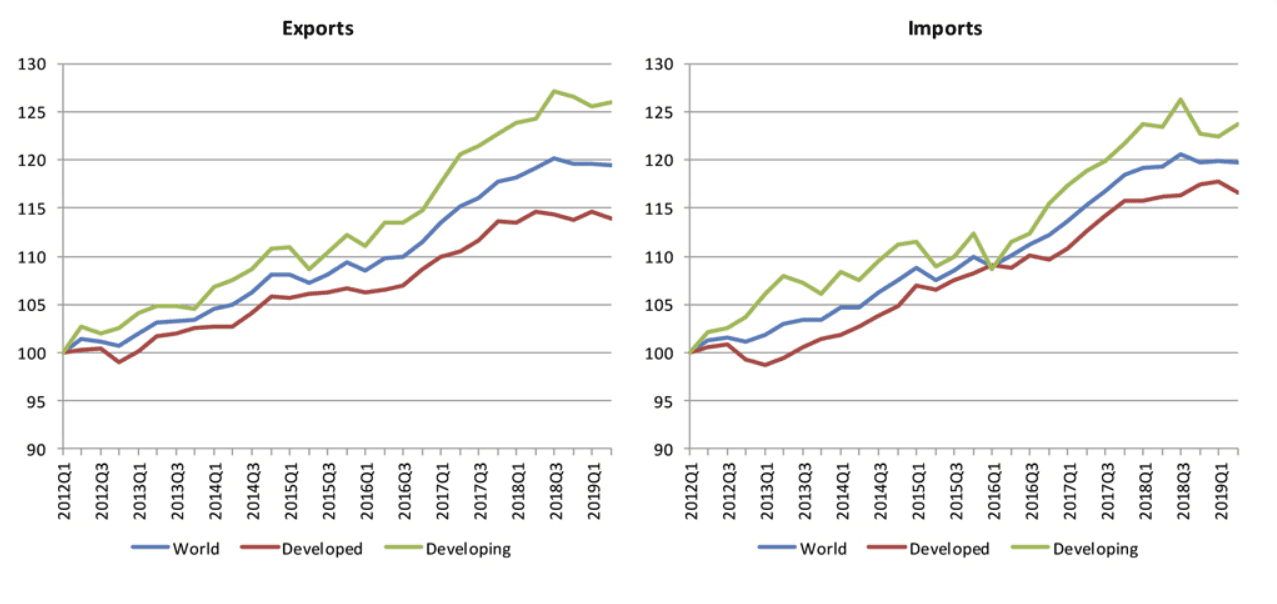
The world is becoming increasingly prone to volatility - on multiple fronts. As our boom and bust cycles grow larger due to increasing international leverage, we are also headed to an uncertain climate - in the most literal terms - of changing sea levels and temperatures, making pandemics like Covid-19 more likely to happen. Ecosystems are changing in unpredictable ways, both natural and artificial. The refugee crisis and the rise of populist policies look to make the future of a globalised world uncertain.
As a people, we took these risks when we connected our economies and our fates together, and the volatility in this conjoined economy of ours needs to be dealt with using the best tools we have at hand. Finding the best ways to conduct business and trade in a shifting landscape is becoming too much to be dealt with in just man-hours.
This is quite literally the problem we spend our days and nights on at Greywing: finding a way. This could be in crew changes - given the cargo directives of a vessel and it's crew composition, the flight availability and prices around the world, the bunkering costs involved, and the minute-to-minute port and flight restrictions in effect in all 193 countries, can we find a way through that best serves the client?
It could be in port calls - given the sheer number of vessels waiting to be let into port in Singapore (or any other port for that matter) - and the past port calls and crew change histories of these vessels, what is the best way to conduct operations for port authorities that minimizes the risk of infection, both to the vessel and to the residents of Singapore?
The problem is one of n-dimensional optimization, and it's one that machines have long surpassed us humans in. Given a problem with fewer parameters but a higher amount of noise - like deciding how to run a shipping company, or deciding when a vessel is in danger - human intuition and intelligence still beats our best algorithms.
But given a problem with lower noise and a high number of parameters, deep tech algorithms today provide far deeper insight in much less time than the best of us can ever do. In just one case - finding a port for crew change - given 1000 ports in 30 nm proximity to a vessel's planned route (from over 100,000 ports), 193 different countries with over one hundred different restrictions for each, 100,000 possible flight choices to consider for offsigners and onsigners, the combinations to consider become too much to even list in a human lifespan.
However, a human augmented with such technology can perform much better than either solution. This is what we strive for at Greywing - not to take over the decisions being made, but to augment the best people working in maritime today with tools that keep them from information overload and to arm them with the right knowledge exactly when they need it.
An example of this is Proximity Ports, where we scan every port within range of a vessel route, evaluating it for visa restrictions, port restrictions, flight restrictions, past crew changes and many other factors to narrow down the decision range to only the few that matter. Within a second of clicking Plot Route, the crew manager has actionable information at his fingertips.
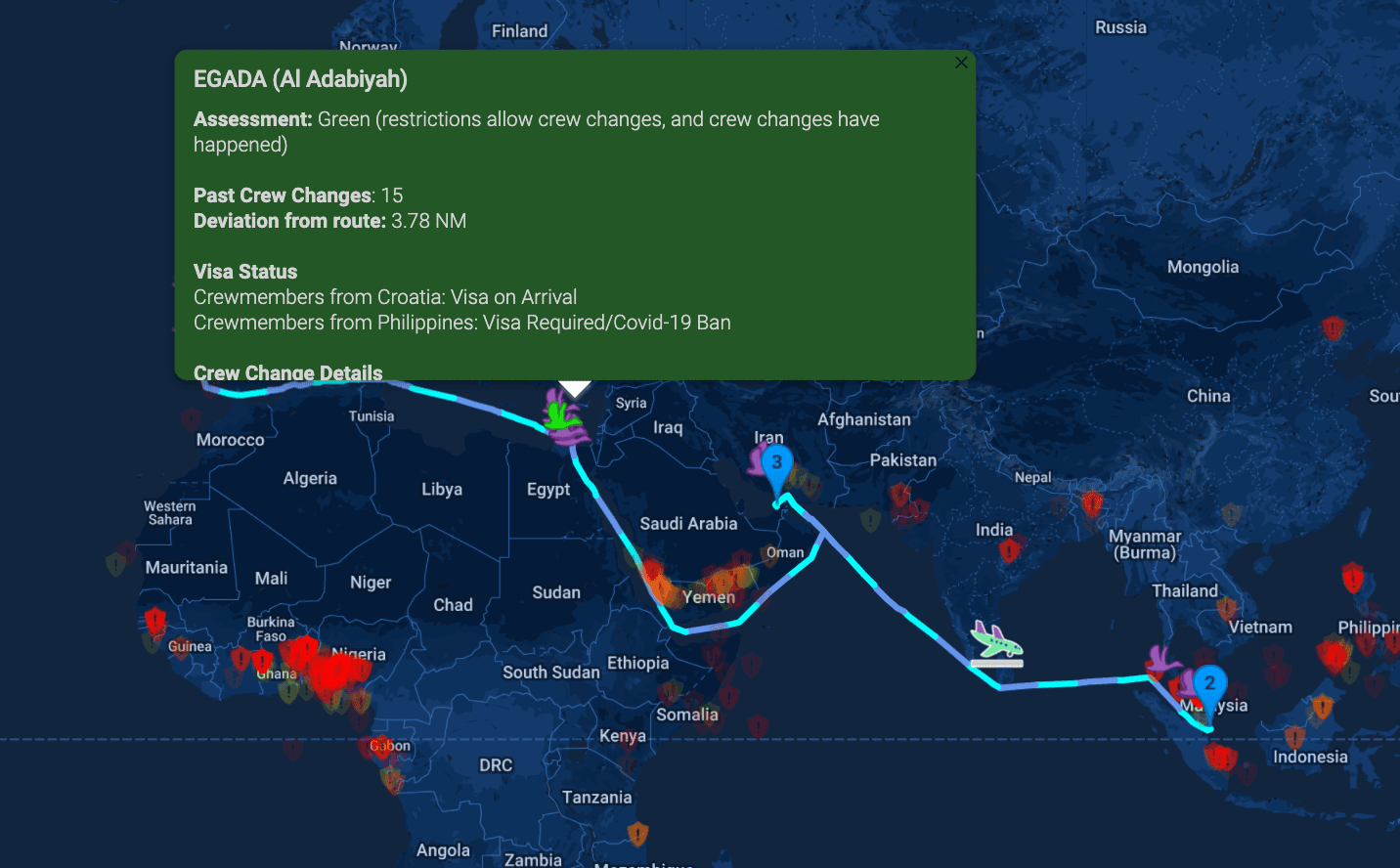
For a more detailed look at how it works, you can watch the video below.
One of the things that has made me better at all parts of my life is the simple Google Calendar. It's a simple tool to understand, but it does something that a computer does so much better than my mind. By removing the load of keeping my schedule in track, coordinating with others for a good time, remembering locations and meeting links, and giving me timely reminders, it makes me more efficient.
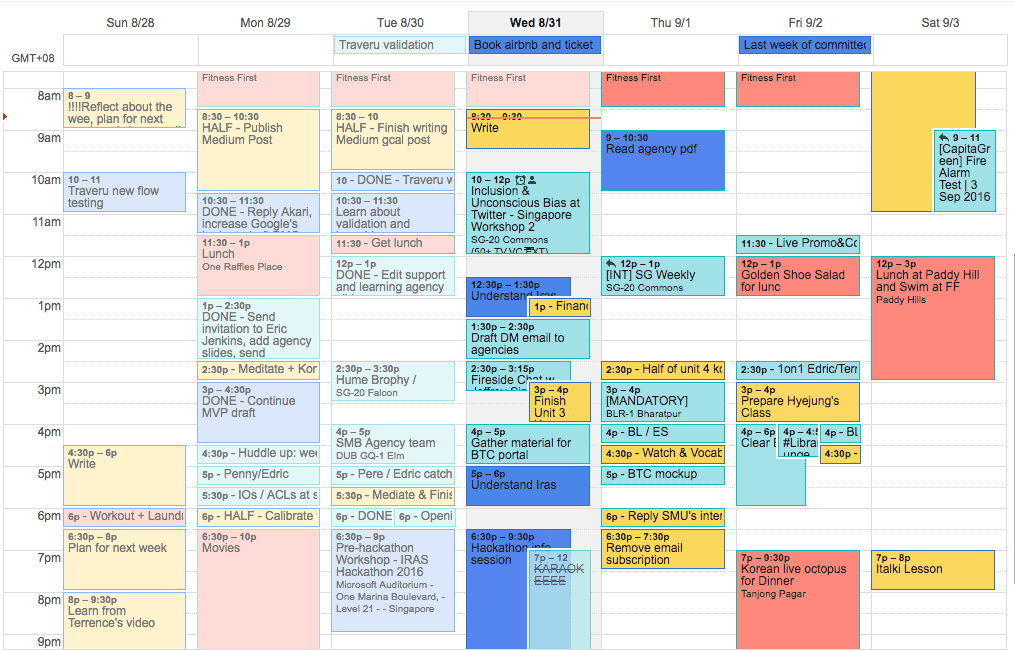
This is what we believe is the future of maritime. Even simple technology like daily reports and fleet mapping - when combined with deep tech algorithms like natural language processing for noon reports, routing algorithms for path estimation, scalable data processing to find patterns across entire fleets, and geofencing for automatic tax analysis and estimation - become vital tools that enable managers to understand patterns across their entire fleet and find efficiency at scale.
To take one example, one of our upcoming features aims to calculate tax liability by capturing the logic of maritime tax risk and combining it with vessel history and future route plan, as well as crew composition to provide an immediate assessment of the liability a vessel incurs with each planned step. When you condense this information down, all parts of an organisation - from crew managers to masters of the vessel - can make proactive decisions that have huge benefits.
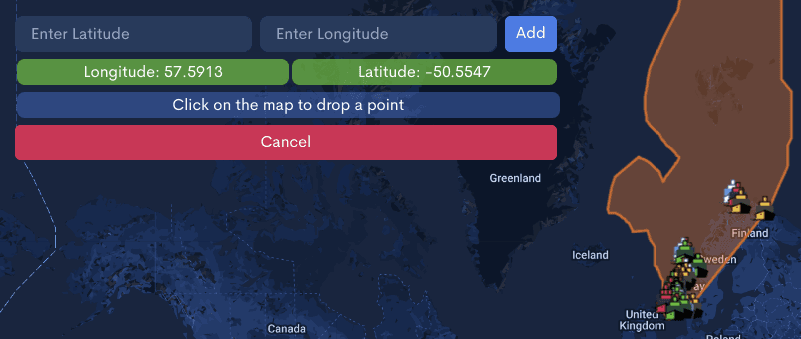
This is the future we want to be in, and it's the future we're helping to build. The world is too complex for any of us to handle it alone, but with the right technology - that automates away the things it can and stays out of your way - we have a chance now to make the underlying infrastructure of our world more resilient and more efficient.


We release every week.
Learn about new tech in maritime, and what we've built as soon as it's live.